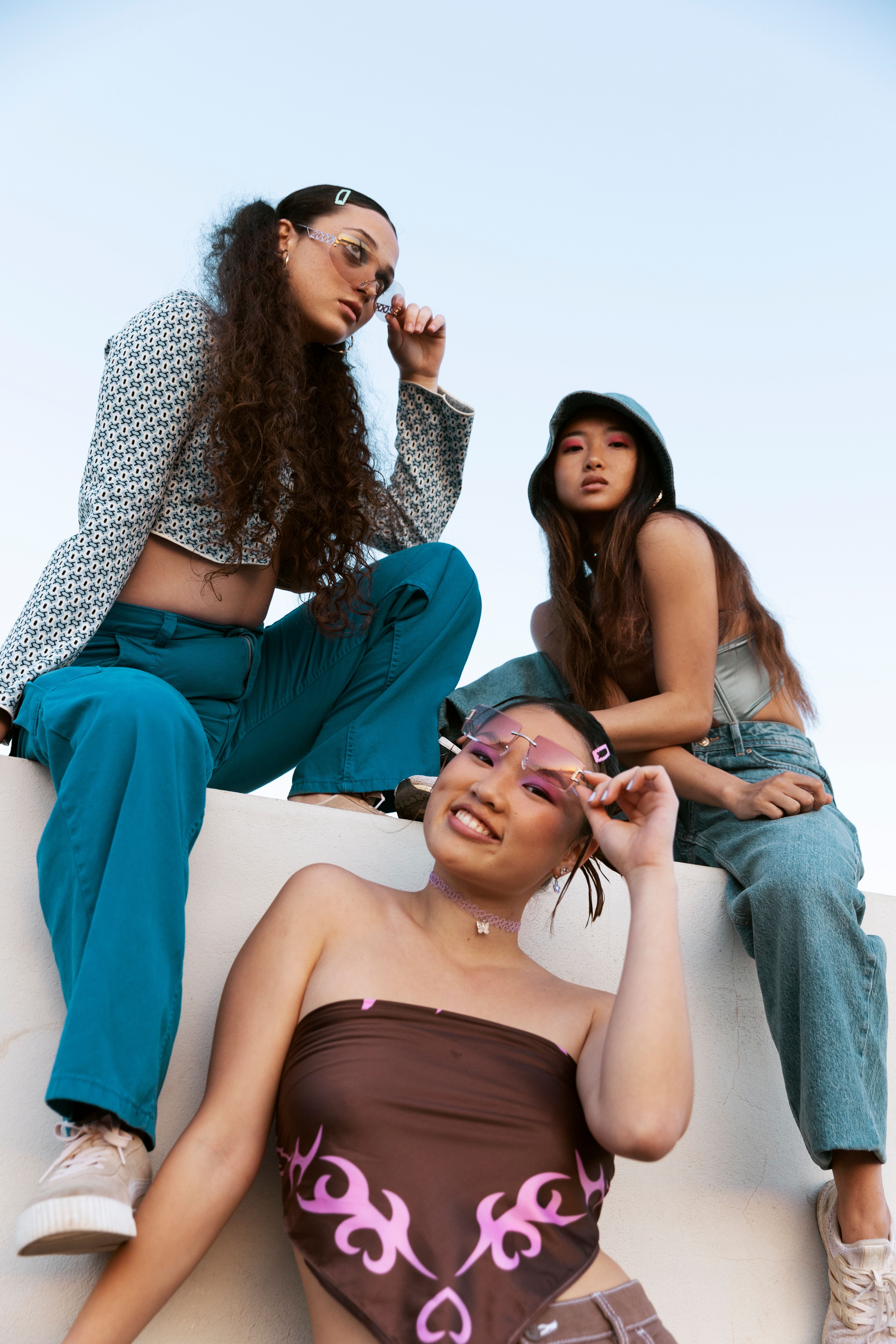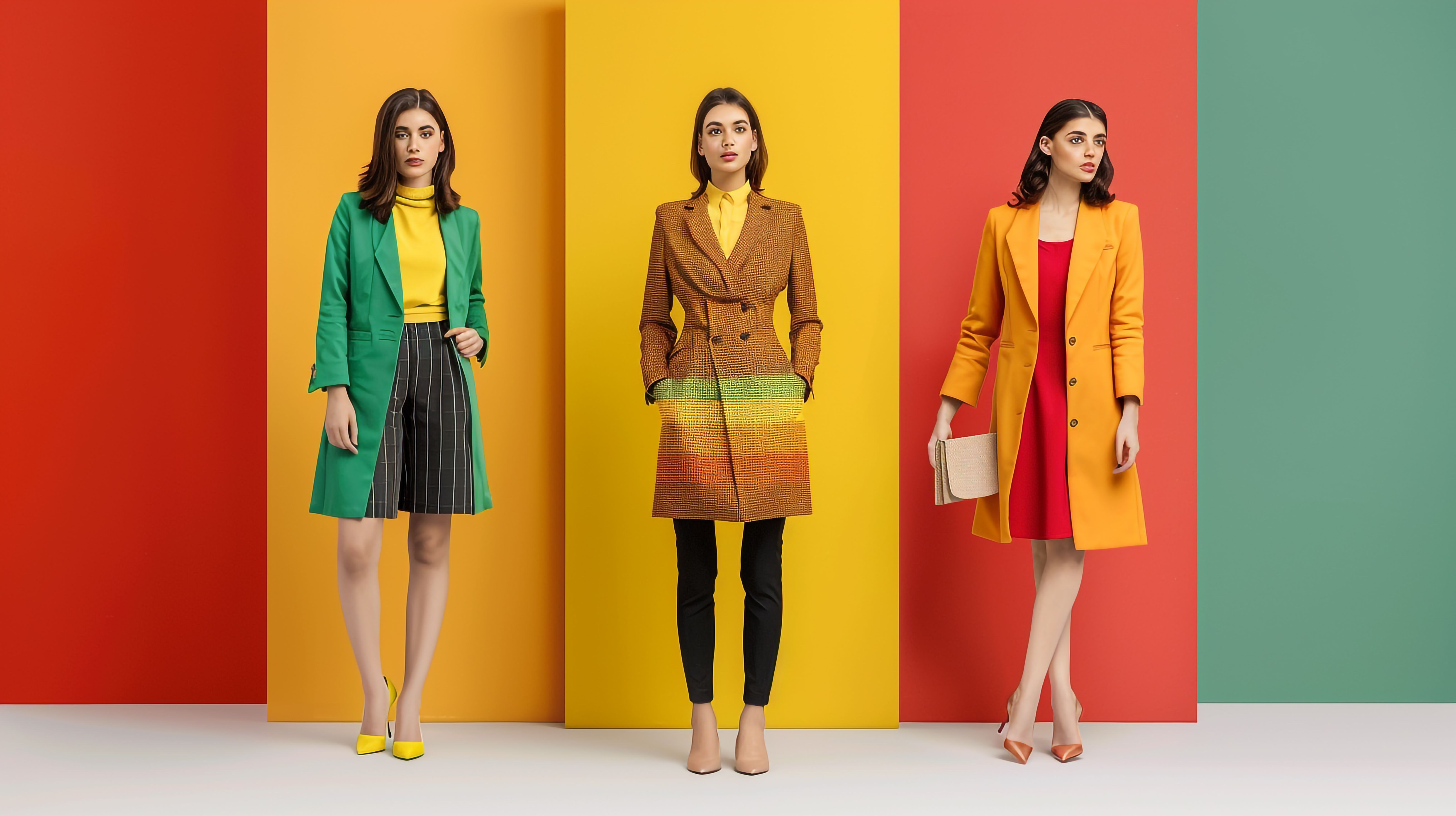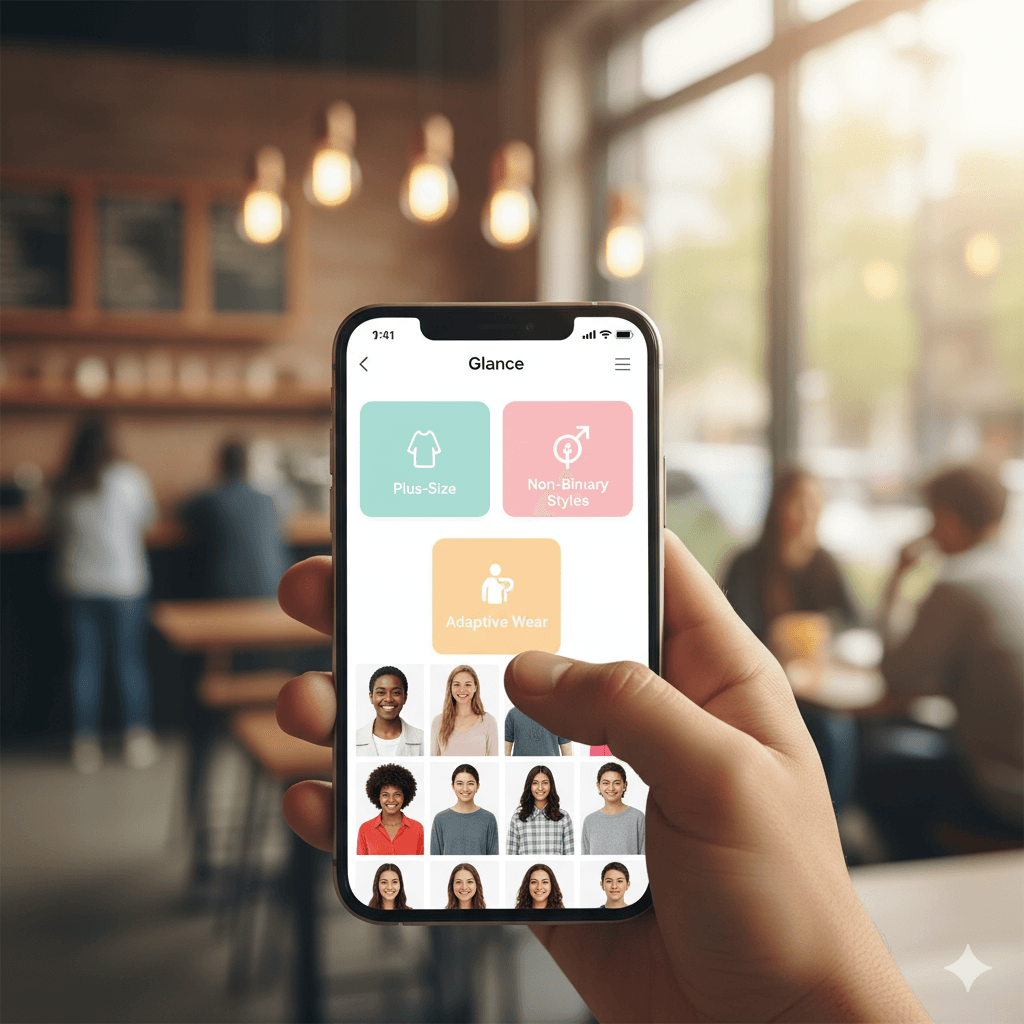How Fashion Inspiration Evolves Through Social Media
How Fashion Affects Mental Health and Confidence
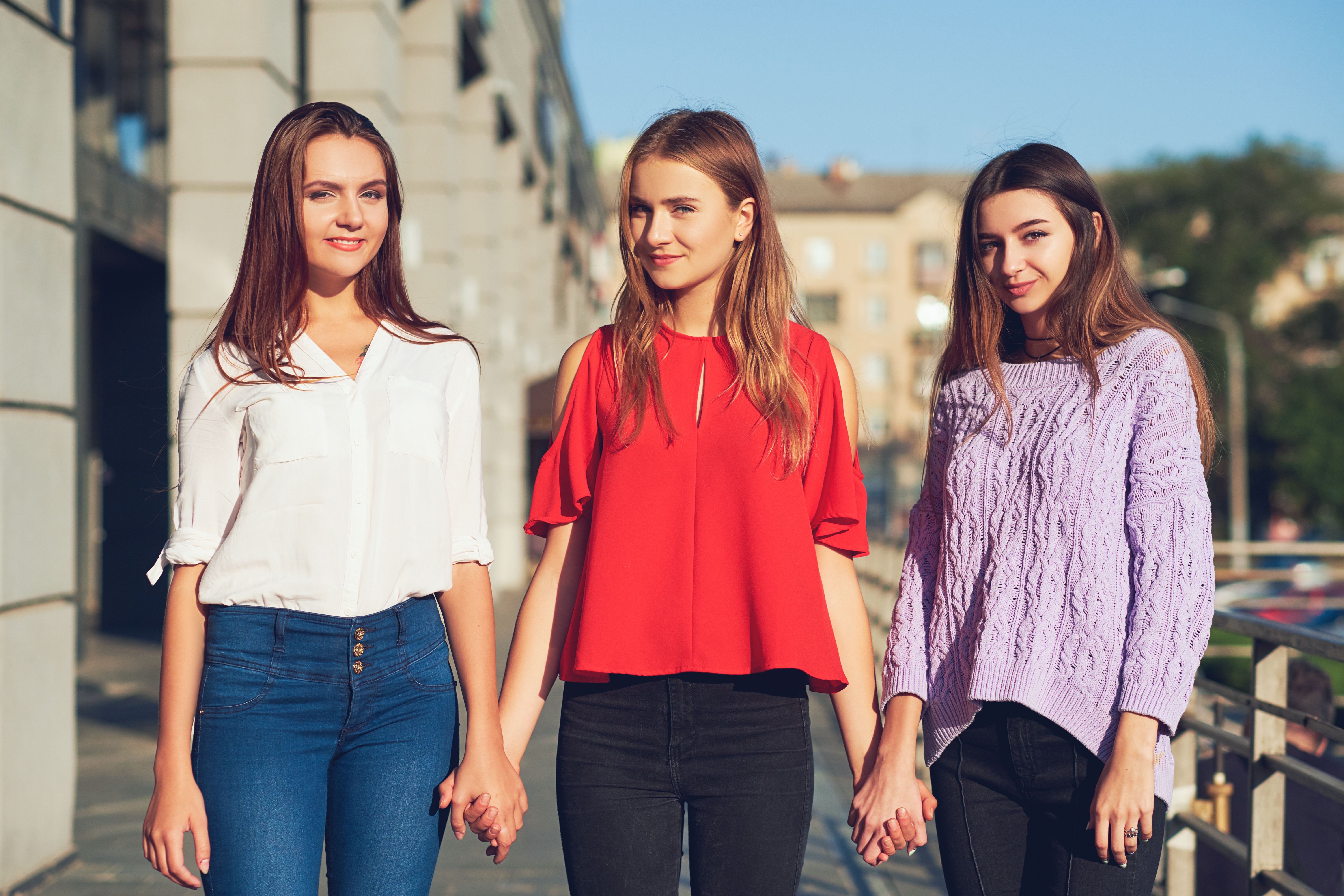

TL;DR
Fashion has never been just about clothes. What we wear can influence how we feel, think, and behave. Studies reveal that how fashion affects mental health is more complex than ever — 78% of people consider the emotional impact of clothes before buying them. Dressing can empower and uplift us, but it can also overwhelm and pressure us to conform. This article explores both sides — the healing and harmful effects of fashion — while showing how Glance AI uses technology to help people dress confidently, authentically, and mindfully. Understanding how fashion affects mental health is the first step to using clothing as a tool for self-care rather than self-comparison.
Introduction: The Craze of Fashion in Today’s World
Fashion today is more than a necessity — it’s a social language. What we wear tells the world who we are, what we value, and sometimes, what we wish we were.
Every scroll through Instagram or TikTok shows curated outfits that spark admiration, envy, and often, self-doubt. From minimalist aesthetics to maximalist streetwear, the digital world is saturated with “fit checks” and “outfit inspirations” that shape how we feel about ourselves.
This growing obsession shows how fashion affects mental health in subtle ways. For many, it’s empowering — a creative outlet. For others, it’s emotionally exhausting, as trends change faster than self-image can keep up.
Fashion is no longer an accessory to life — it is a lifestyle. And in that transformation lies both liberation and pressure.
In 2025, aesthetic fashion dominates — with micro-trends like clean girl, goblincore, and quiet luxury defining personality archetypes. But behind every aesthetic lies an emotional need: belonging, validation, or freedom. Understanding these motivations helps decode how fashion affects mental health in the modern age.
“The real trend today isn’t fashion — it’s feeling.”
How Fashion Affects Mental Health: The Emotional Connection
The relationship between fashion and psychology is deep-rooted. What we wear doesn’t just cover our bodies — it communicates our emotions.
Researchers call this enclothed cognition: the theory that clothing can influence our mindset and mental state. It means when we put on something powerful, comfortable, or joyful, we become those emotions.
That’s the foundation of how fashion affects mental health.
- When you wear structured, confident clothing, your posture changes — and so does your mood.
- When you wear loose, cozy fabrics, your body relaxes — signaling safety.
- When you wear color, your brain registers warmth, creativity, or calm depending on hue.
A 2023 McKinsey & Company report found that 78% of consumers consider emotional impact when shopping. Meanwhile, an international survey revealed that 96% of Gen Z believe their fashion choices affect confidence and self-worth.
Fashion isn’t just vanity — it’s psychology you can wear.
The way we dress often reflects how we feel inside — but it can also change how we feel inside. That’s the real power behind understanding how fashion affects mental health.
The Positive Side: How Fashion Affects Mental Health in Empowering Ways
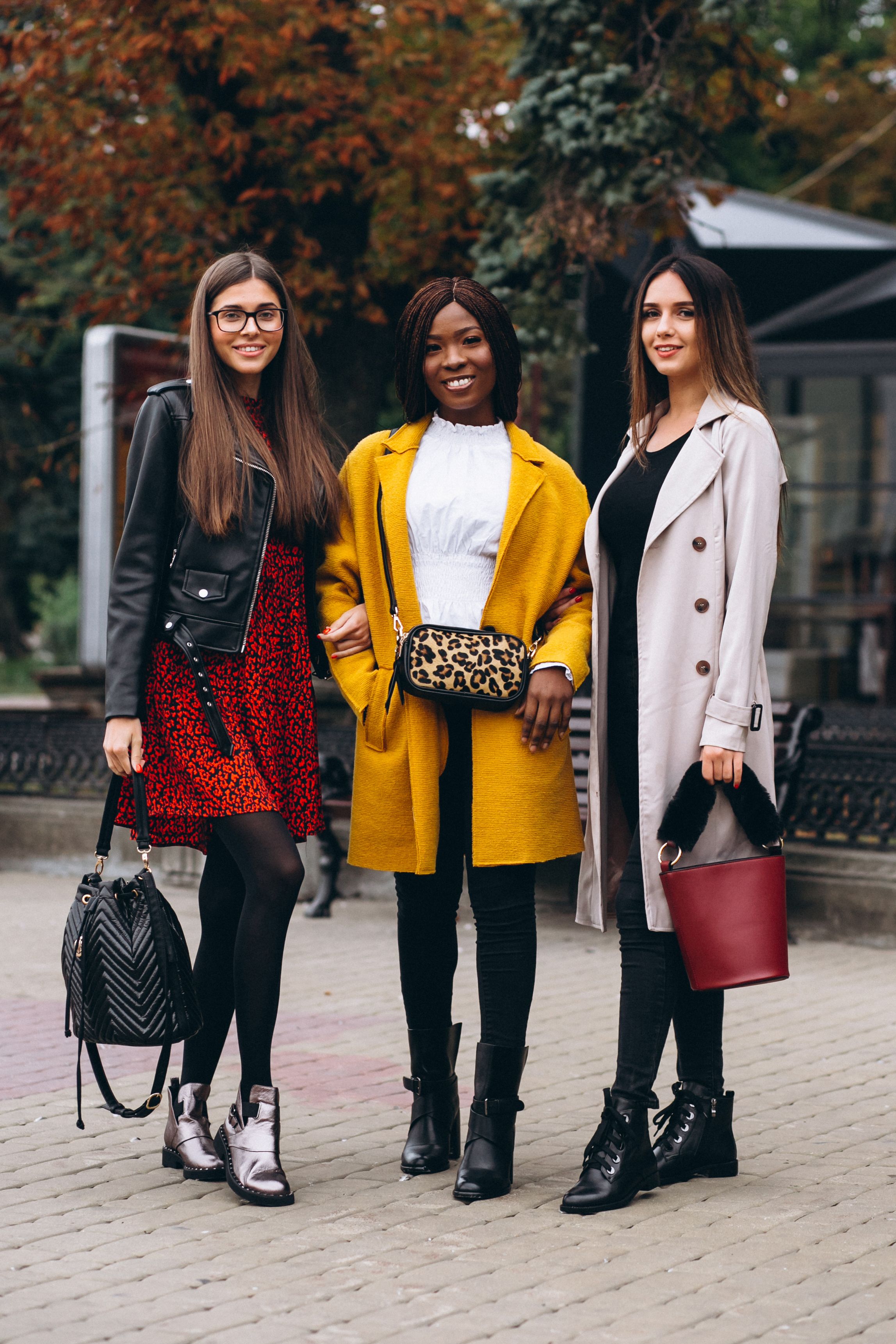
Despite social pressures, fashion can be a tool for healing, confidence, and creativity. Here’s how fashion affects mental health positively when used intentionally.
1. Boosts Confidence and Self-Esteem
The right outfit doesn’t just make you look good — it makes you feel capable.
Wearing clothes that fit well and represent your identity builds self-trust and assurance. This is why so many people report improved productivity or motivation when dressed purposefully.
“Dress for the job you want” isn’t just a cliché — it’s science. The more confident your outfit makes you feel, the more confident your actions become.
That’s one of the clearest examples of how fashion affects mental health — by shaping self-perception and emotional readiness.
2. Enhances Mood Through Color
Color psychology proves that hues can shift mood instantly.
- Bright colors like yellow, coral, or red energize and uplift.
- Cool tones like blue or lavender bring calm and reduce stress.
- Earth tones like brown and green promote grounding and stability.
Choosing your color palette consciously helps balance emotions — it’s why color therapy is often used in mental wellness programs.
Apps like Glance AI now apply color science in real-time, recommending shades that align with emotional goals — a practical example of how fashion affects mental health through daily styling.
3. Encourages Self-Expression
Fashion is a non-verbal diary. Every outfit says something about who you are — or who you’re becoming.
Whether it’s gender expression, cultural pride, or creative play, fashion provides a space for emotional truth.
When individuals wear clothes that align with their authentic identity, they experience measurable mental relief. This is especially significant for marginalized communities, where fashion becomes both visibility and voice.
Through personalization, AI encourages authenticity — helping users express their inner world through what they wear, a key part of how fashion affects mental health for the better.
4. Acts as Emotional Therapy
Fashion can be meditative.
Mixing and matching outfits, choosing fabrics, or styling accessories can shift focus from stress to creativity.
When we use fashion as an art form, we externalize feelings rather than suppressing them. For many people, organizing wardrobes or designing looks is an emotional reset — a way to create control and comfort through color and texture.
Fashion, in this way, becomes therapy without words.
Understanding how fashion affects mental health through creativity helps us see dressing not as vanity, but as mindfulness in motion.
5. Builds Agency and Routine
Choosing what to wear each day may seem simple, but it’s a subtle act of control.
For people struggling with depression or anxiety, daily decisions feel overwhelming. Dressing intentionally reinstates autonomy — a micro-victory over inertia.
Every morning outfit choice becomes a personal affirmation: “I’m showing up for myself.”
“That’s one of the most practical ways how fashion affects mental health — by restoring routine, purpose, and agency.”
The Dark Side: How Fashion Affects Mental Health Negatively
While fashion can heal, it can also harm when driven by pressure, comparison, or consumerism. Recognizing these pitfalls helps us rebuild a healthier fashion mindset.
1. The Pressure to Conform
The fashion industry often promotes unrealistic ideals.
When beauty is defined by narrow standards — thinness, symmetry, or unattainable “perfection” — people feel alienated from their bodies.
Constant exposure to these ideals, especially through digital media, fosters comparison and self-doubt.
This is one of the most damaging aspects of how fashion affects mental health — it can make individuals feel “less than” in their own skin.
Fashion should be a form of inclusion, not exclusion.
2. The Social Media Spiral
Social media blurs the line between inspiration and insecurity.
Seeing endless “perfect outfits” and “style aesthetics” can create emotional exhaustion.
People begin to compare their real lives to highlight reels, feeling inadequate when they can’t match every trend. The joy of dressing turns into anxiety about keeping up.
This constant digital mirror is one of the clearest ways how fashion affects mental health in modern life — it links self-worth to likes and validation.
3. Fast Fashion Guilt
Buying trendy clothes feels exciting — but it often leaves an emotional hangover.
When the excitement fades, guilt can set in — from spending impulsively, wasting resources, or realizing a purchase wasn’t truly needed.
Over time, this cycle creates stress and detachment. Instead of joy, shopping becomes a coping mechanism.
This pattern reveals another layer of how fashion affects mental health — when the pursuit of “new” overshadows the comfort of “enough.”
4. Retail Therapy & Emotional Buying
Many people turn to shopping for comfort, calling it “retail therapy.” The problem is that the relief is temporary. Buying something new releases a quick burst of happiness — but it fades fast.
Soon, we crave the next purchase to recreate the feeling.
This habit can become emotionally draining, and over time, it replaces true self-soothing with consumption.
That’s a hidden but powerful example of how fashion affects mental health — turning emotional care into commercial addiction.
Why Fashion Affects Mental Health: The Psychology Behind It
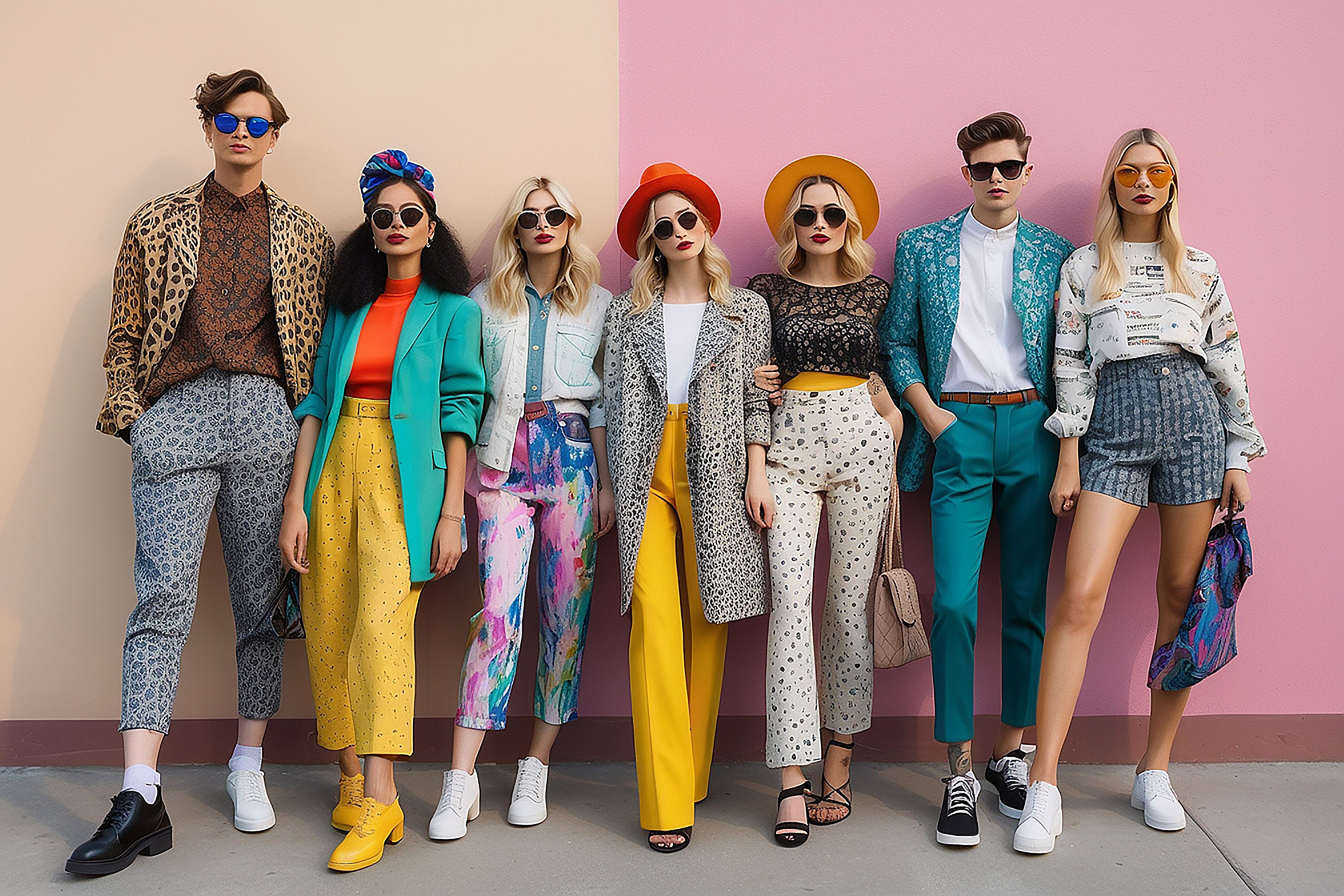
To understand how fashion affects mental health, we must look at the brain.
Clothing interacts with the brain’s reward and stress systems. When we wear something we love, dopamine, serotonin, and oxytocin increase — boosting mood and connection. But when we feel judged or excluded, cortisol (the stress hormone) spikes, reducing self-esteem.
The Neuroscience of Dressing
Every outfit sends feedback to our brain. Confidence-inducing clothes activate pleasure centers; restrictive or uncomfortable outfits trigger anxiety responses.
That’s why so many people describe relief after changing into “comfy clothes” — it’s literally the brain relaxing.
Fashion affects body image, which affects self-talk, which affects mental health — it’s a continuous feedback loop.
The Cultural Psychology
Fashion is also social signaling. In collectivist cultures (like India or Japan), dressing too differently may cause social anxiety; in individualistic cultures, not standing out may cause invisibility.
That tension shows how fashion affects mental health differently across cultures — it’s not just personal, but social.
How to Build a Healthy Relationship with Fashion
Healing your fashion mindset doesn’t mean abandoning trends — it means choosing them consciously.
Here’s how to make style your ally in emotional wellness.
1. Dress for Your Feelings
Start every day by asking: “How do I want to feel today?”
Choosing outfits that support emotion (comfort for calm, structure for confidence) creates harmony between appearance and mental state.
Intentional dressing is the simplest, most sustainable way to manage how fashion affects mental health daily.
2. Curate a Positive Digital Closet
Your social media feed is an emotional wardrobe.
Follow creators who promote diversity and body positivity; unfollow those who spark insecurity.
Digital decluttering reshapes how fashion affects mental health by turning online influence into inspiration, not intimidation.
3. Embrace Sustainable Fashion
Slow fashion isn’t just eco-friendly — it’s emotionally grounding.
When you buy less but better, you detach self-worth from shopping. Each piece tells a story, creating emotional satisfaction that fast trends can’t.
Sustainability changes how fashion affects mental health by aligning your values with your wardrobe.
4. Pause Before Purchasing
The next time you feel tempted by a trend, pause. Ask yourself: “Is this joy or impulse?”
Mindful shopping breaks the emotional spending loop, reducing stress and financial guilt.
The Role of Glance AI: Emotional Intelligence Meets Style
Glance AI serves as your AI Twin — a blend of psychology, design, and empathy.
It bridges fashion and feelings by:
- Personalizing outfits recommendations to your confidence patterns.
- Using color psychology to suggest mood-enhancing combinations.
- Encouraging inclusivity by adapting to all body types and identities.
Glance AI brings awareness into action — making users conscious of how fashion affects mental health every time they dress.
“In a world chasing trends, Glance AI reminds you to chase truth.”
When Fashion Becomes Therapy, Not Pressure
Fashion should never fracture your peace — it should free it.
When we dress with self-awareness, clothing transforms from armor to affirmation.
Using style to explore creativity, comfort, and authenticity is emotional self-care in practice.
It’s proof that how fashion affects mental health can be rewritten — from stress to strength, from pressure to peace.
AI champions this mindful evolution — helping people rediscover joy in dressing up, not dressing to impress.
Conclusion: Fashion Should Free, Not Fracture You
Fashion isn’t frivolous — it’s deeply emotional. Understanding how fashion affects mental health helps us use style as self-care, not self-criticism.
Clothes hold power: they can lift us when we’re low or weigh us down when we seek approval. By combining emotional intelligence with AI personalization, Glance AI redefines the purpose of dressing — from chasing trends to cultivating peace.
When you wear what feels true, you don’t just look good — you feel whole. And that’s how fashion should always affect mental health.
FAQs
1. How fashion affects mental health positively?
It boosts confidence, enhances mood, and allows creative self-expression that fosters well-being.
2. How fashion affects mental health negatively?
Pressure, unrealistic standards, and consumer guilt can lead to anxiety and emotional fatigue.
3. Why do colors influence emotions in fashion?
Colors impact brain chemistry, affecting hormones tied to mood and motivation.
4. How can Glance AI support fashion and mental health balance?
By suggesting outfits that align with comfort, mood, and identity, reducing decision stress.
5. What’s the best way to use fashion mindfully?
Dress intentionally, focus on comfort and confidence, and filter out harmful comparisons.


